ugcheleuce
Field Bee
- Joined
- Apr 15, 2013
- Messages
- 669
- Reaction score
- 1
- Location
- Apeldoorn, Netherlands
- Hive Type
- National
- Number of Hives
- 7-10
Hello everyone
Here are the particulars of my self-built top-bar hive. I've used the "floor planks" again -- they're cheap and readily available, and I'm getting experienced in using them. Plus I can cut them to size without having to haul out my table saw (if I had a better table saw I might have hauled).
First, the plans, in Microsoft Paint format:

While nailing, one of the planks moved a bit without me noticing it before it was too late. Not a big problem. Avoidable if you have a friend.

I haven't drilled the flight openings yet. The holes you see under the varroa mesh aren't the flight openings (in case anyone would think that). They are for ventilation (if needed) and for the varroa checks. They can be closed off using those special short planks.

And finally, the hive itself:

The planking requires 9 floorplank planks (8 if you're willing to re-use short off-cuts, or make the front/rear walls taper off a bit). A six pack of those planks cost EUR 13.00. I'll add a few more strips of wood on the sides to re-enforce it (just in case) and of course I have to build the legs (unless I decide to just leave the thing on the ground, on a couple of bricks). The top-bars will set me back an additional EUR 22 (it's a ten-pack of planks from which I can get about 50 top-bars).
Your thoughts?
Added: I wonder if I would be able to do an under-floor inspection by opening both ventilation holes, and sliding a camera (with flash enabled) underneath the varroa mesh. Could make for an interesting film... if the camera focuses right.
Here are the particulars of my self-built top-bar hive. I've used the "floor planks" again -- they're cheap and readily available, and I'm getting experienced in using them. Plus I can cut them to size without having to haul out my table saw (if I had a better table saw I might have hauled).
First, the plans, in Microsoft Paint format:

While nailing, one of the planks moved a bit without me noticing it before it was too late. Not a big problem. Avoidable if you have a friend.

I haven't drilled the flight openings yet. The holes you see under the varroa mesh aren't the flight openings (in case anyone would think that). They are for ventilation (if needed) and for the varroa checks. They can be closed off using those special short planks.

And finally, the hive itself:

The planking requires 9 floorplank planks (8 if you're willing to re-use short off-cuts, or make the front/rear walls taper off a bit). A six pack of those planks cost EUR 13.00. I'll add a few more strips of wood on the sides to re-enforce it (just in case) and of course I have to build the legs (unless I decide to just leave the thing on the ground, on a couple of bricks). The top-bars will set me back an additional EUR 22 (it's a ten-pack of planks from which I can get about 50 top-bars).
Your thoughts?
Added: I wonder if I would be able to do an under-floor inspection by opening both ventilation holes, and sliding a camera (with flash enabled) underneath the varroa mesh. Could make for an interesting film... if the camera focuses right.
Last edited:



